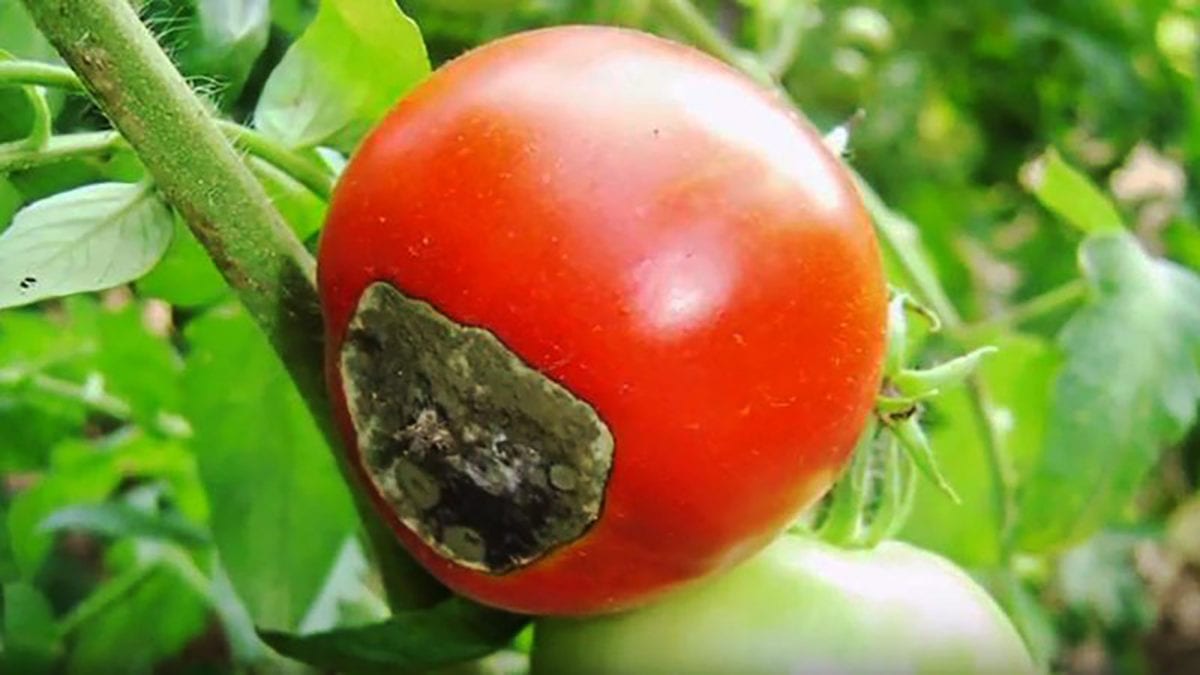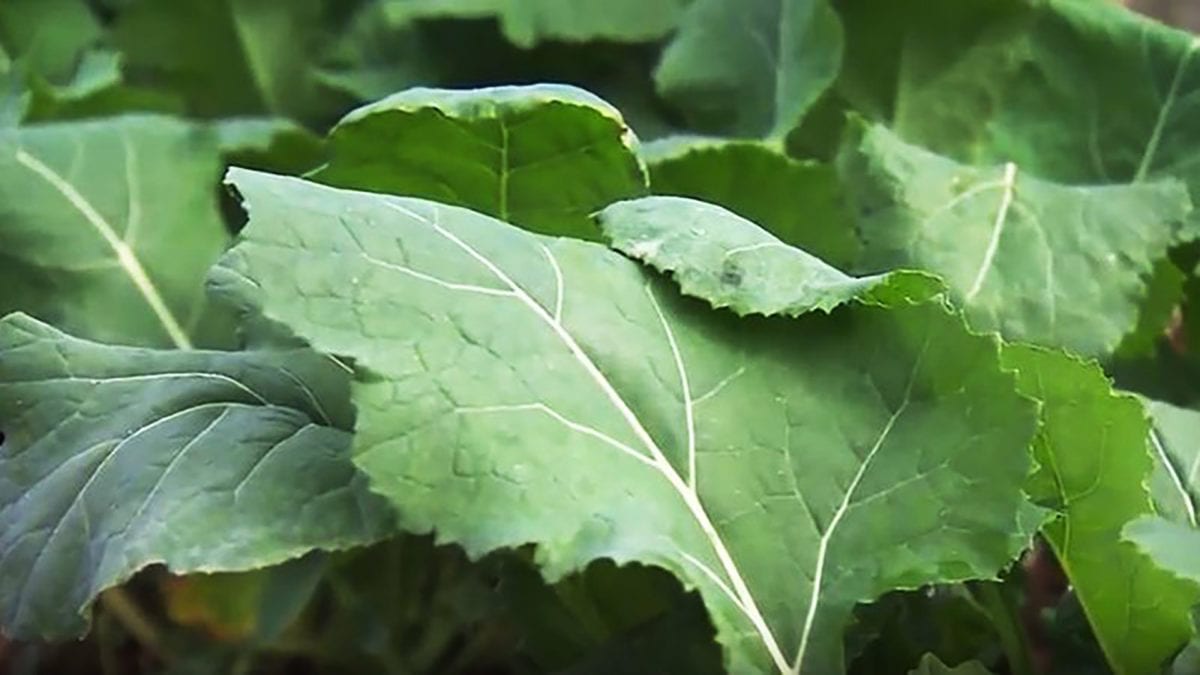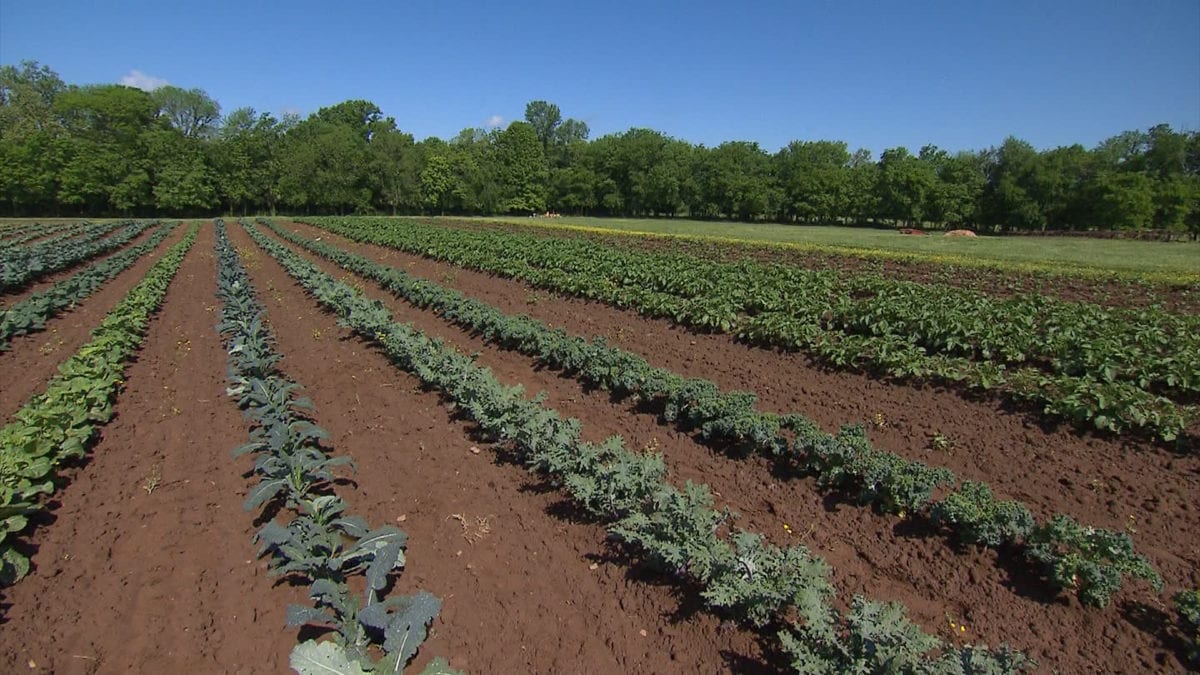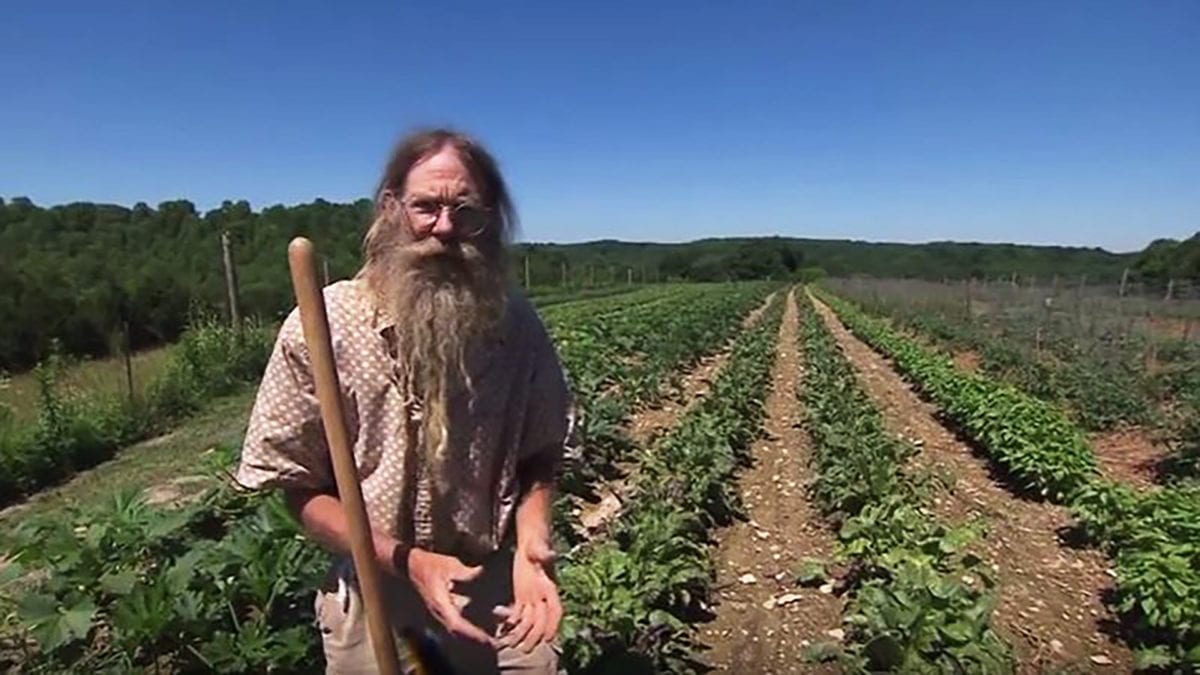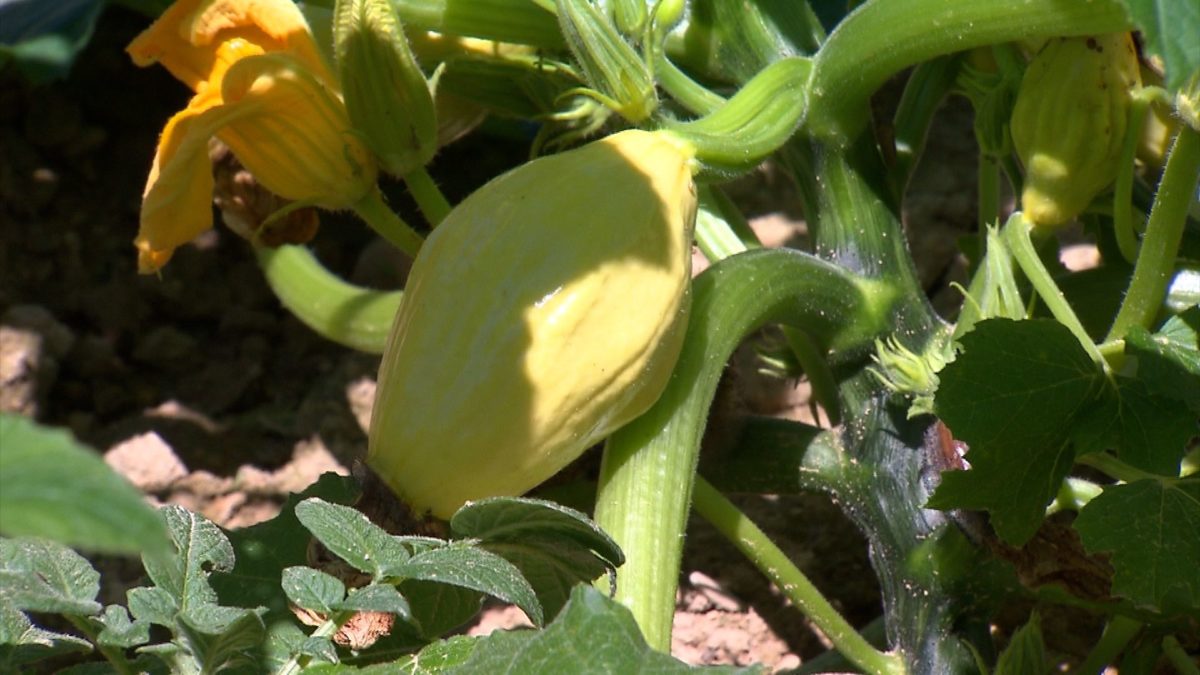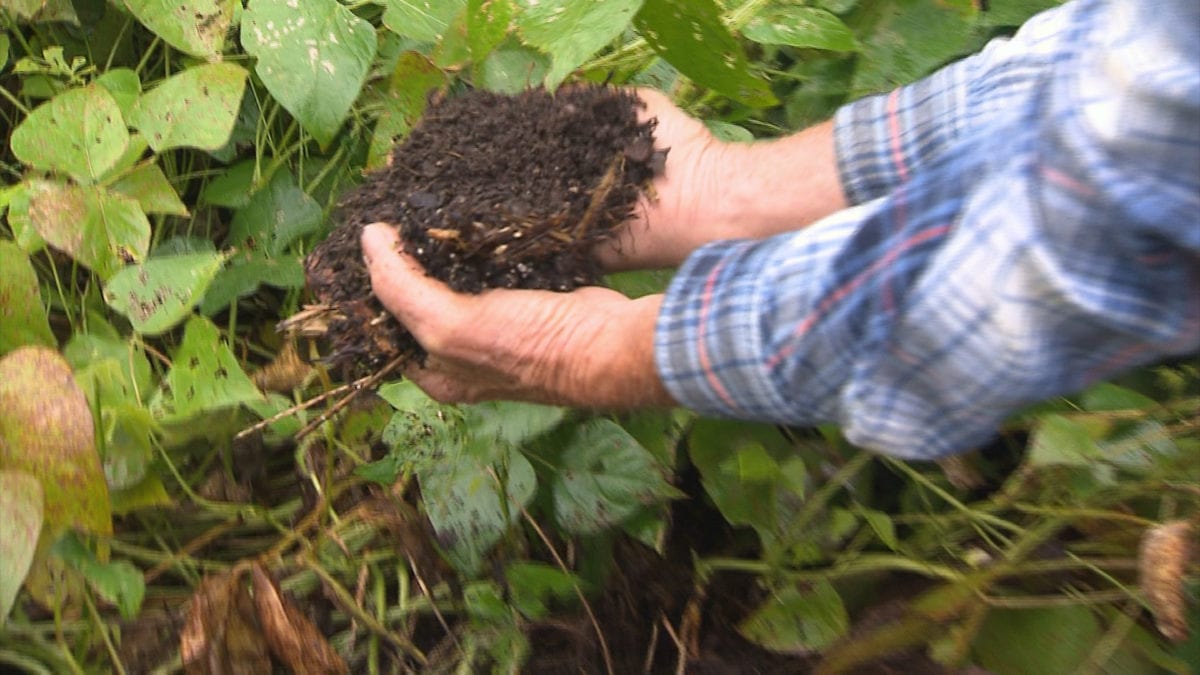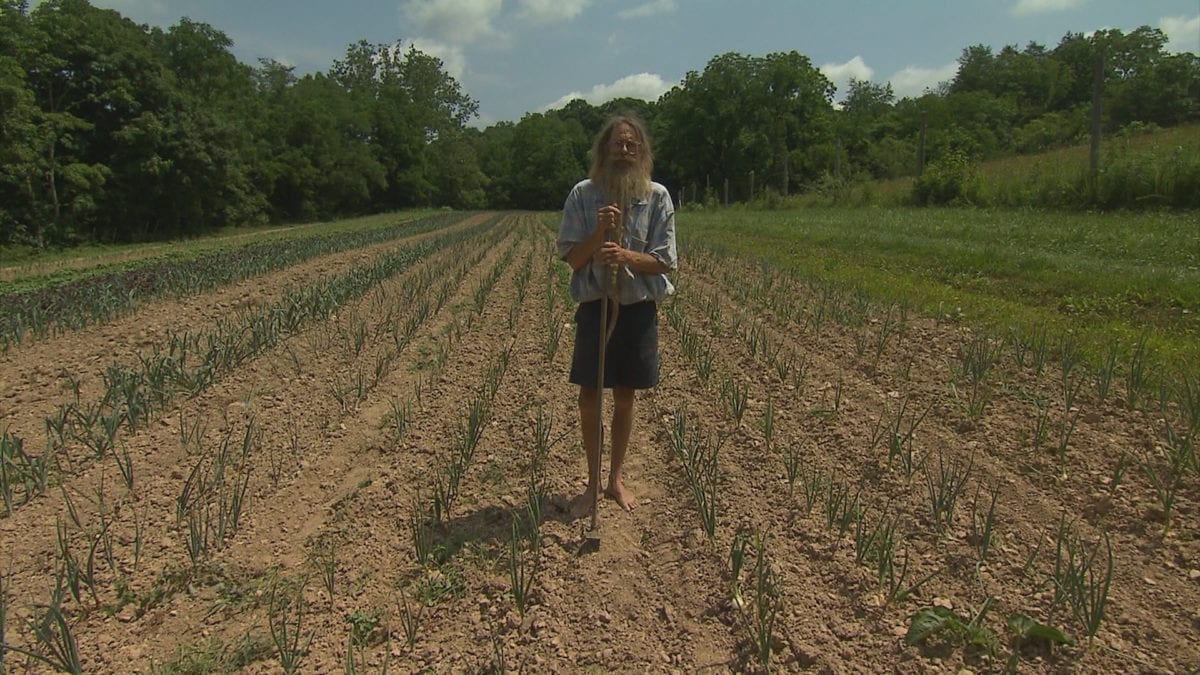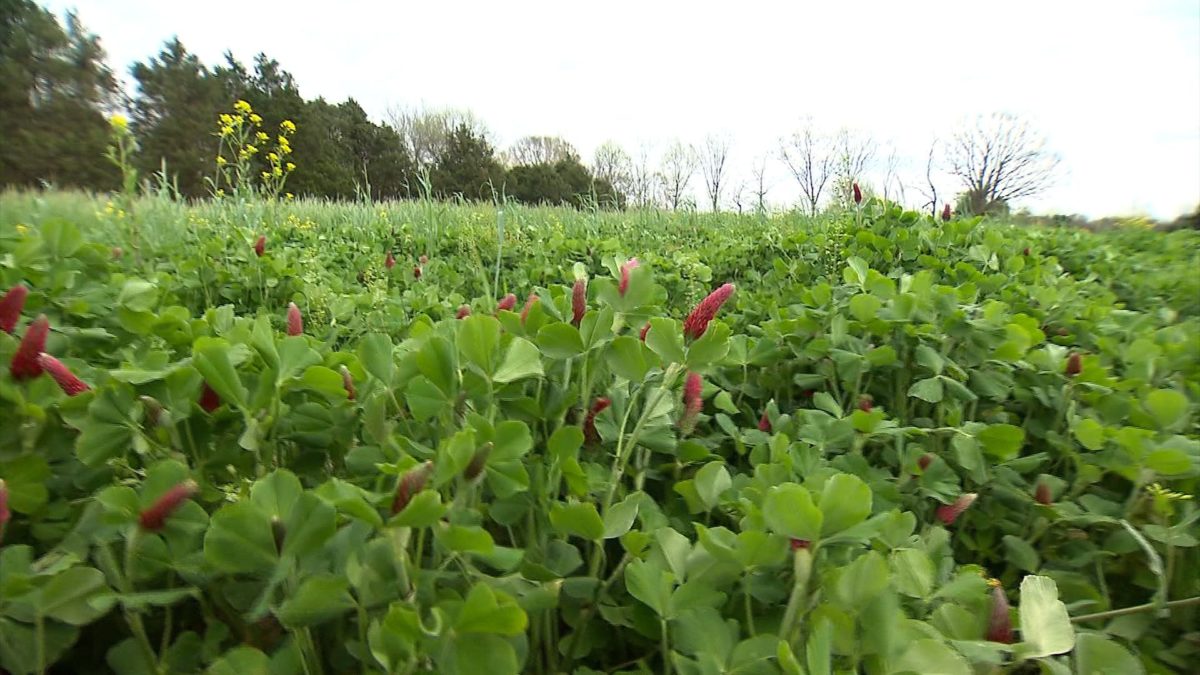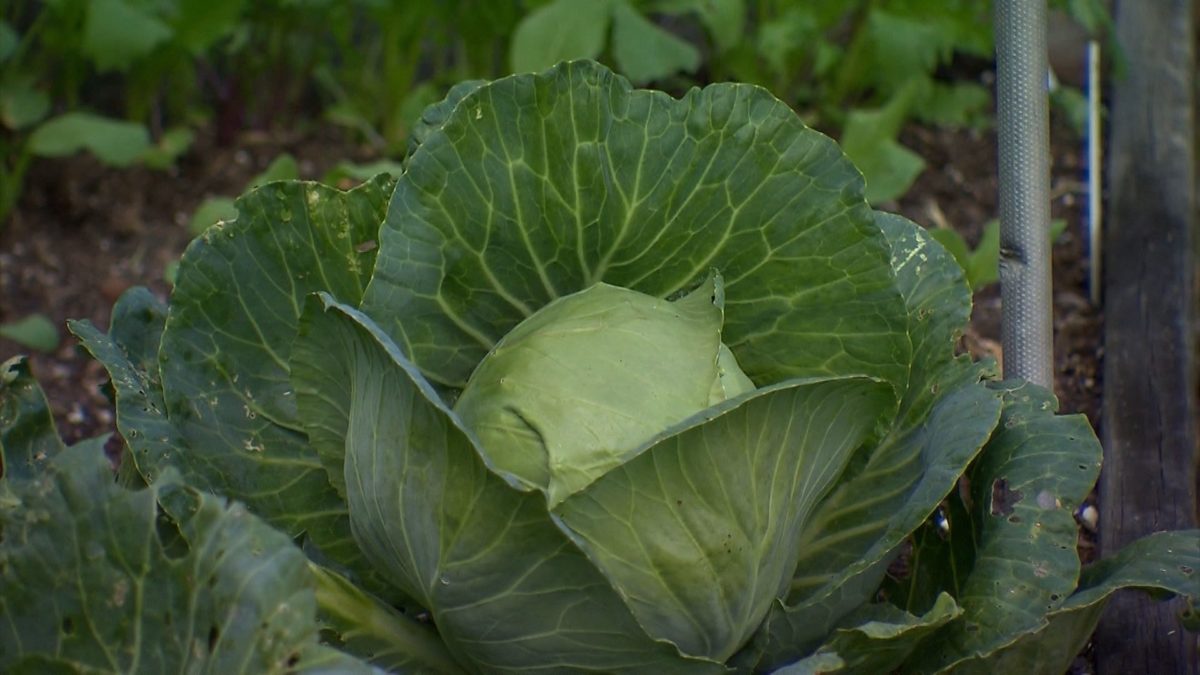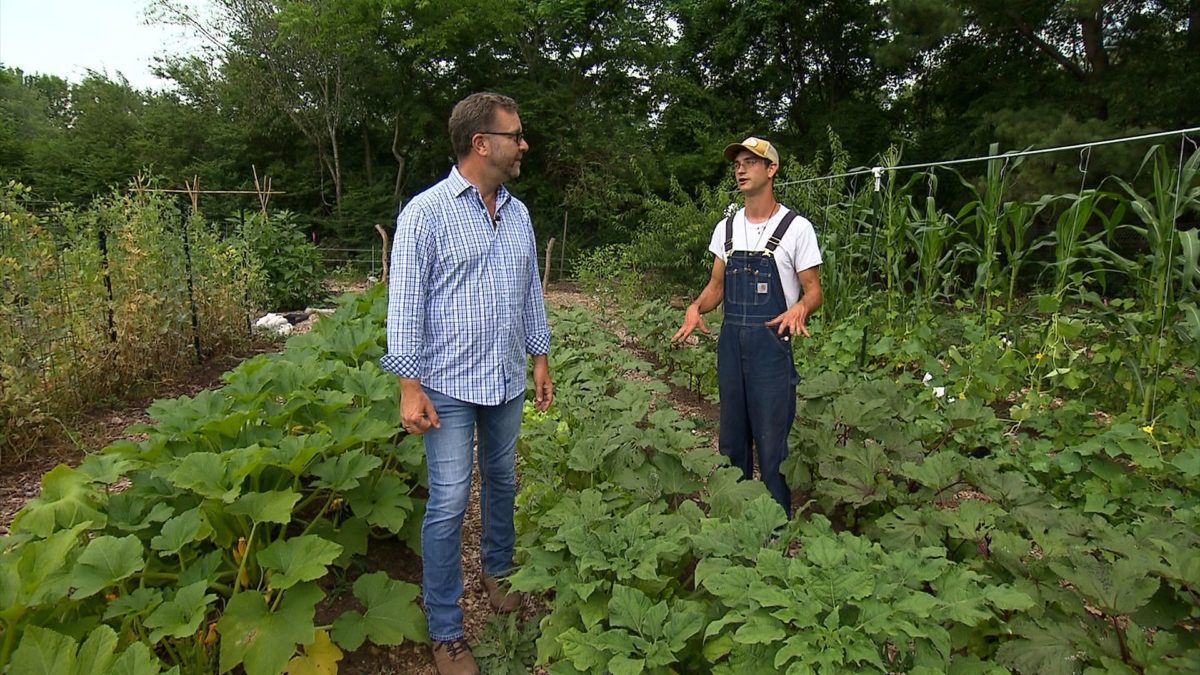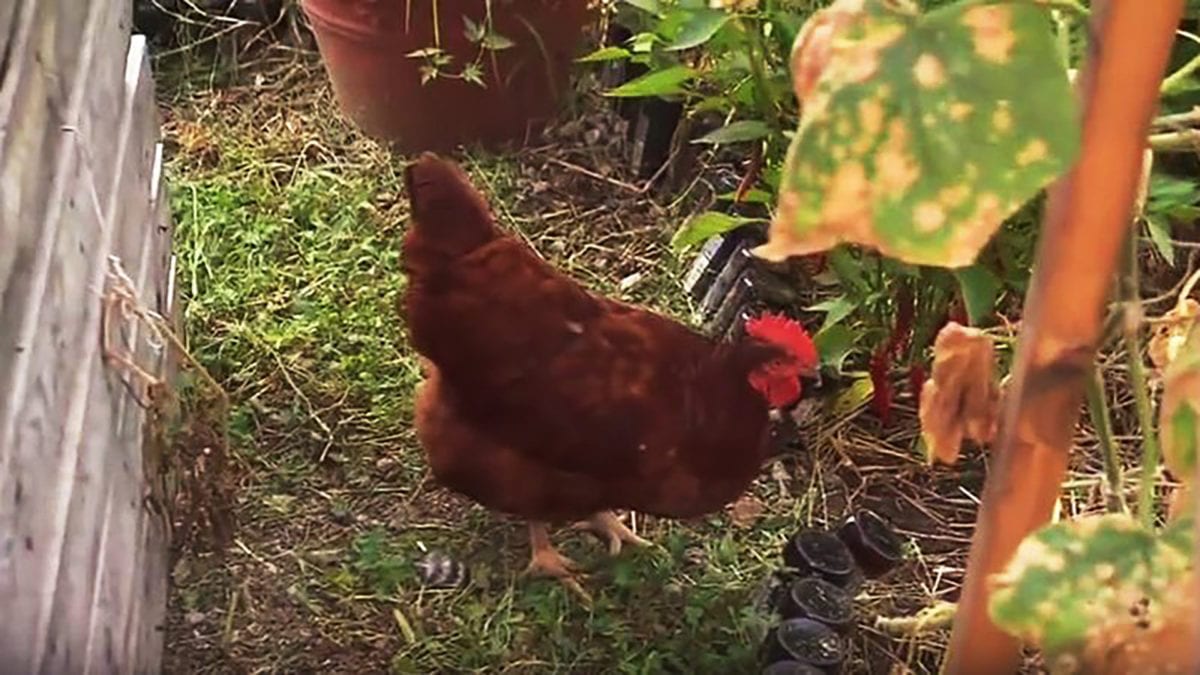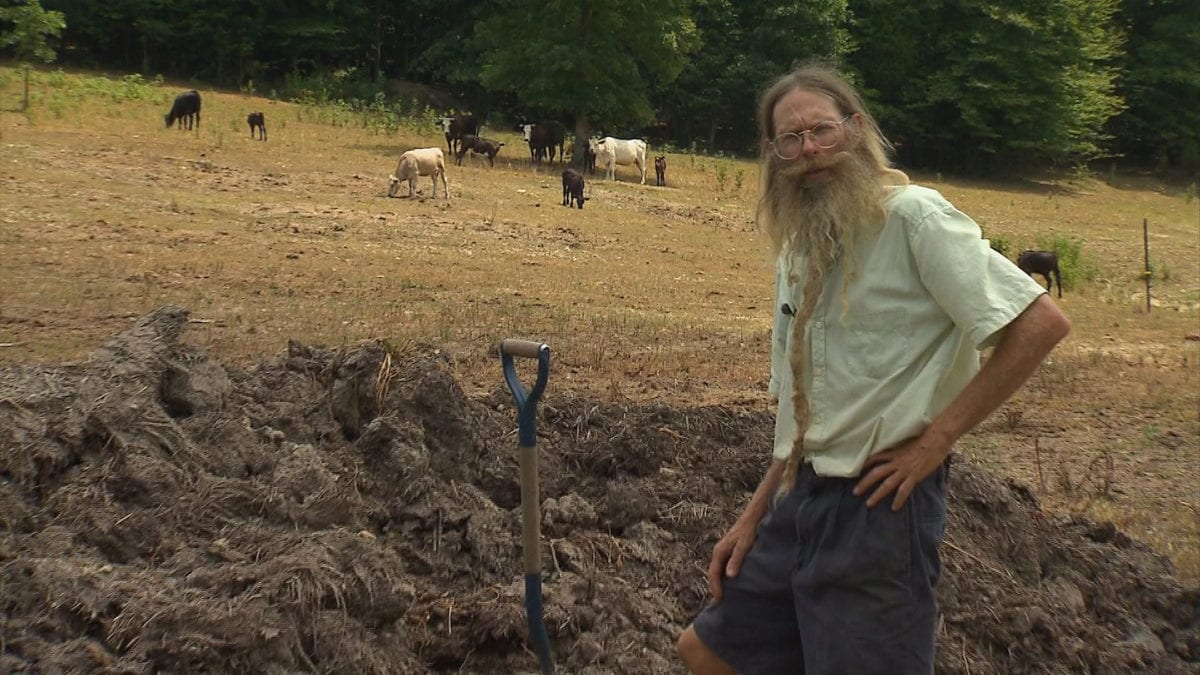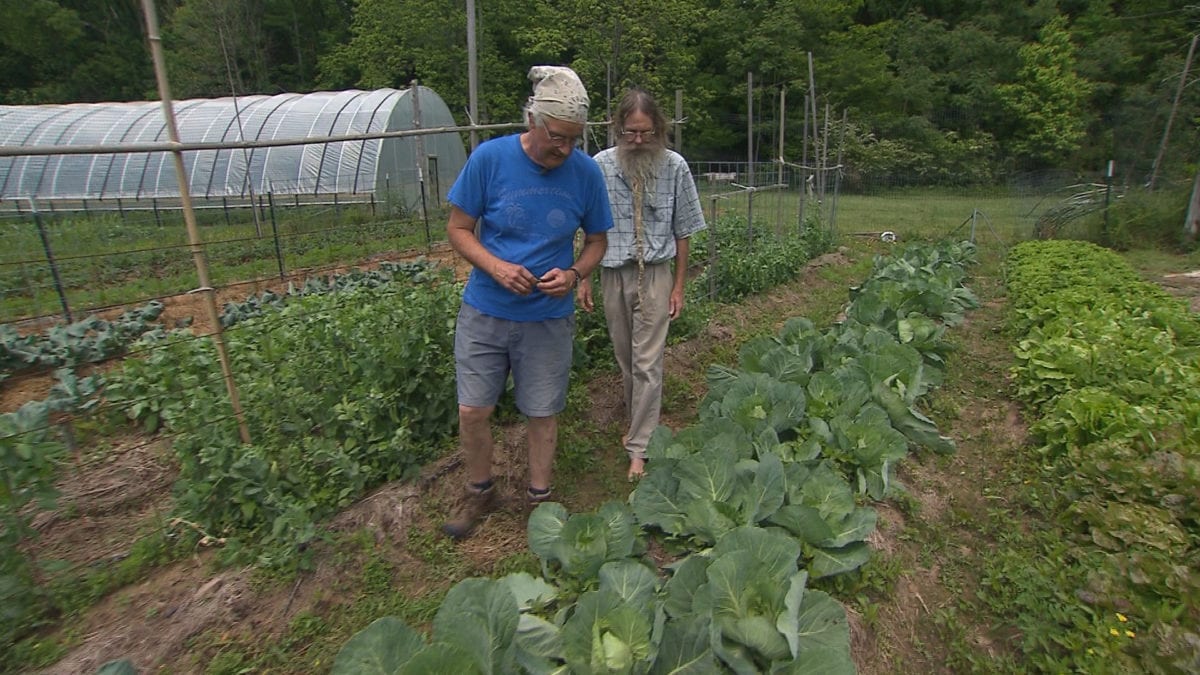Biodynamic vs. Organic Farming Practices
Barefoot Farmer, Jeff Poppen, explains the practices of biodynamic farming including Steiner’s nine preparations’. He contrasts these practices with those of an organic farming operation.
- Post author By NPT Editorial
- Post date August 4, 2011
- No Comments on Biodynamic vs. Organic Farming Practices
Gardener Extras
- Rudolf Steiner (1861-1925) founder of the biodynamic approach to agriculture was a highly trained scientist and respected philosopher of his time.
- The 'Agriculture Course' Steiner led for industrial farmers has been transcribed in the book 'Agriculture' and forms the basis of the biodynamic method.
- Humus is dark, organic material that forms in soil when plant and animal matter decays. Earthworms often help mix humus with minerals in the soil.
- According to Demeter USA, the nonprofit certifier of biodynamic farms in the U.S., the total acreage for biodynamic farming increased by 16% in 2017, totaling 21,791 acres.
- Biodynamic certification includes Steiner's nine 'preparations' made from herbs, mineral substances and animal manures that are turned into field sprays and compost.
- The biodynamic calendar is based on teh positioning of the stars and moon. Utilization of the lunar calendar is not a requirement for Demeter certification. Note: I also found Steiner was a controversial public figure.
Jeff Poppen
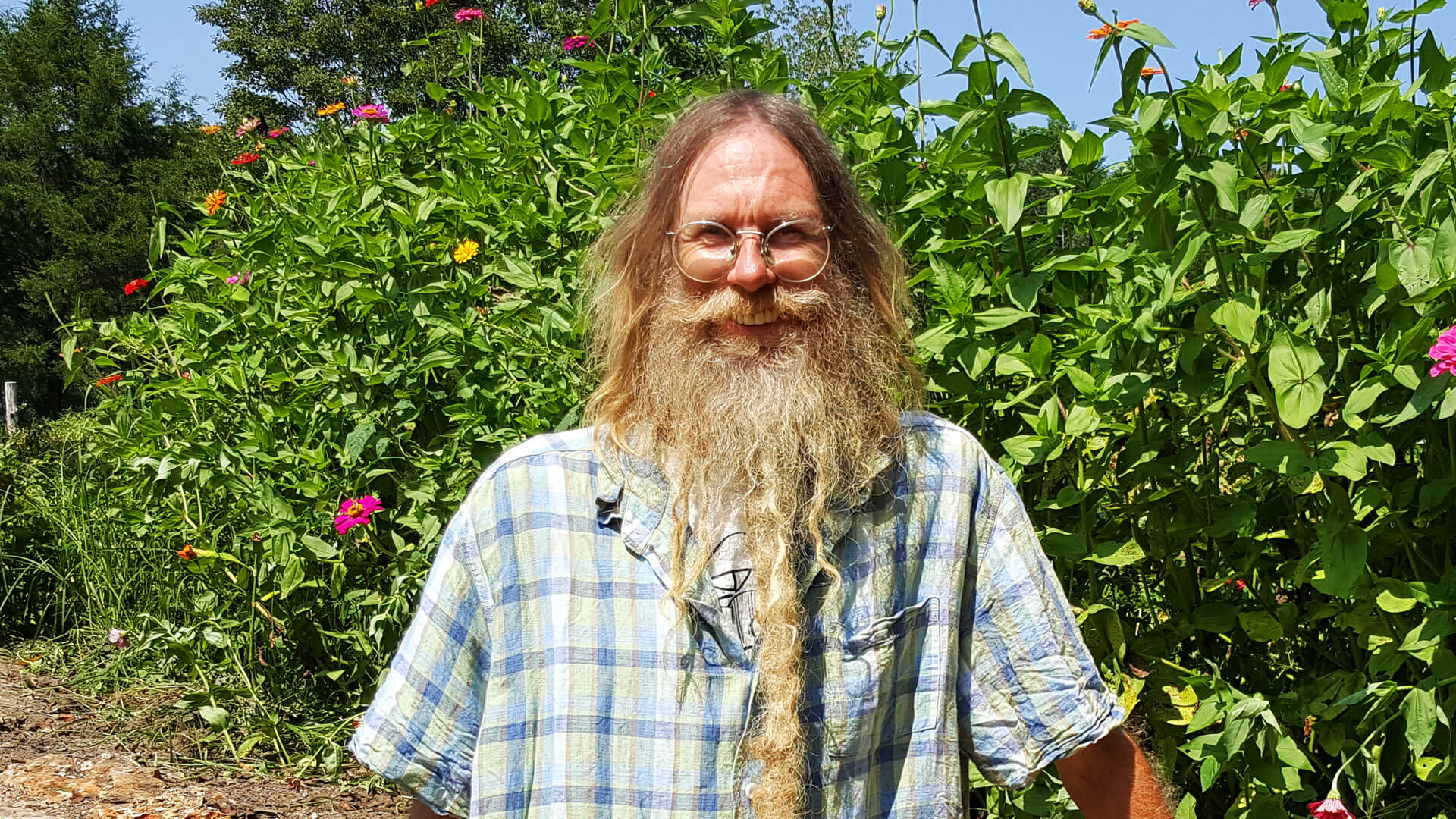
Jeff says his parents loved growing plants on their Illinois farm, and he credits them for his passion for growing. He’s made his living growing the best organic vegetables he can. Jeff acknowledges he has learned through experience over four decades. He is also an avid student of old-time farming methods, the way folks grew stuff before all of the chemicals in farming. He is compelled to try and shorten the learning curve for other gardeners. Jeff adds, “My wish is that my love for growing organically inspires others.”

